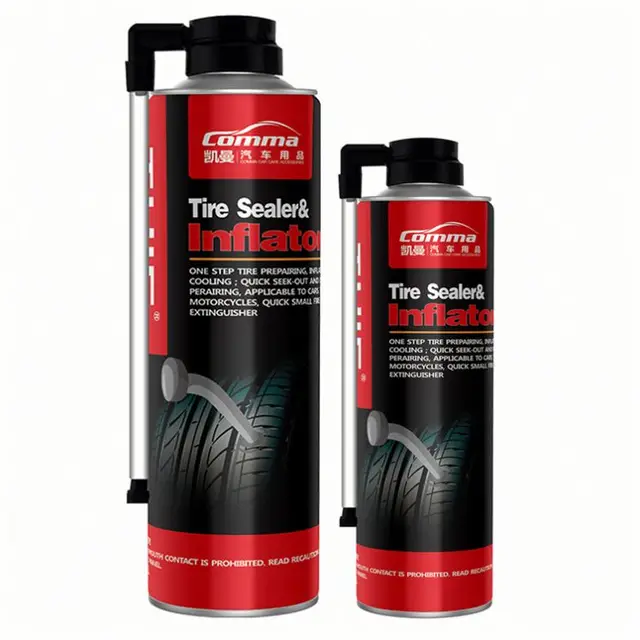XTRA SEAL
Country of Origin USA. Country of Origin is subject to change.
Tap image to zoom.
Roll over image to zoom.
XTRA SEAL
Country of Origin USA.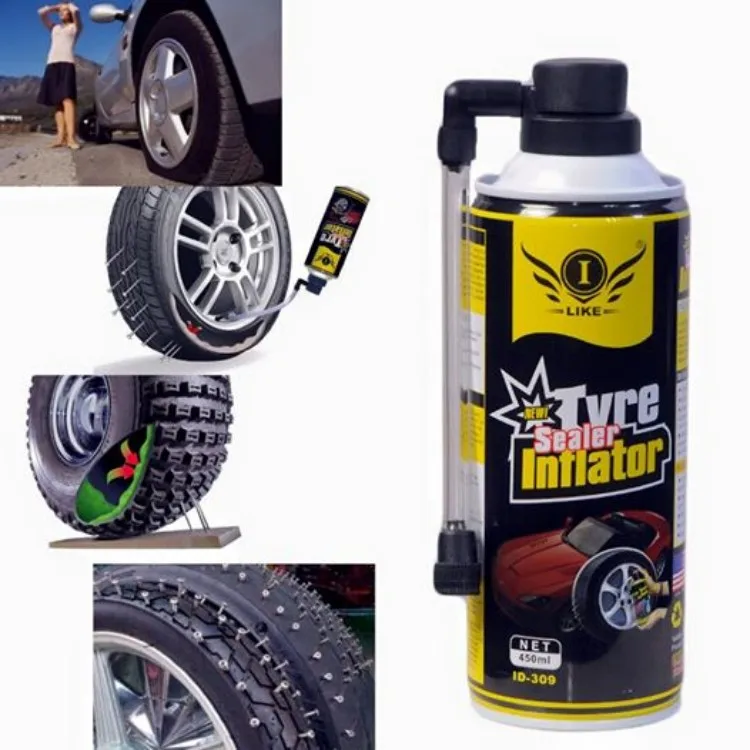 Country of Origin is subject to change.
Country of Origin is subject to change.
Are your tires leaking at the beads? If so, you’ve come to the right place. In this guide, we’ll take you through how to seal your tire beads easily at home.
How do you stop tire beads from leaking? Can you fix leaking tire beads at home? Is it hard to seal leaking tire beads at home?
To seal tire beads at home, you will need to remove the wheel from the vehicle, inspect the tire to verify the position of the leak, deflate the tire, apply the bead sealant, inflate the tire and install it back in the vehicle.
In this guide, we will walk you through the steps of how to seal your tire beads easily at home. So, if you happen to have a leaking tire bead, you don’t always have to take your vehicle to the tire shop. This guide will provide you with all the information you need to fix the issue yourself and save money.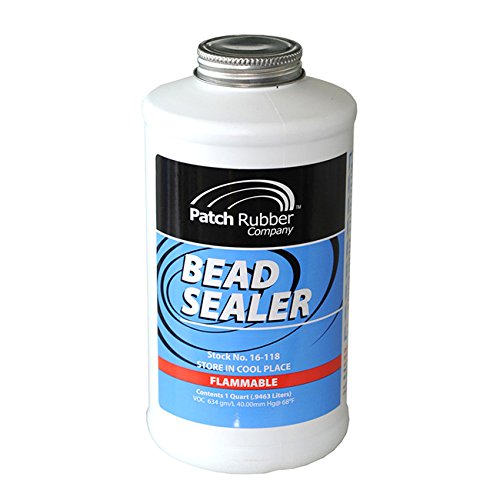
We are focused on providing well-researched, accurate, helpful, and actionable content to our readers. To make this possible, we’ve put together a top-of-the-class content creation team, comprising experienced editors, writers and industry-specific experts. Therefore, you can be confident that you are getting your information from a credible source.
If one of the tires in your vehicle is losing pressure because of a bead leak, your first thought would be to take it to the tire shop for the issue to be sorted. However, you may sometimes find yourself in a situation where it’s impossible to take the vehicle to the tire shop. Also, the issue may keep recurring. And in such a case, the tire shop can’t seem to fix the problem, meaning you will continue losing your money.
Fortunately, there’s a solution to these issues. And that’s by sealing the tire bead at home. And, anyone can do it. You don’t need to be a tire professional or even have expensive tools to seal a bead leak.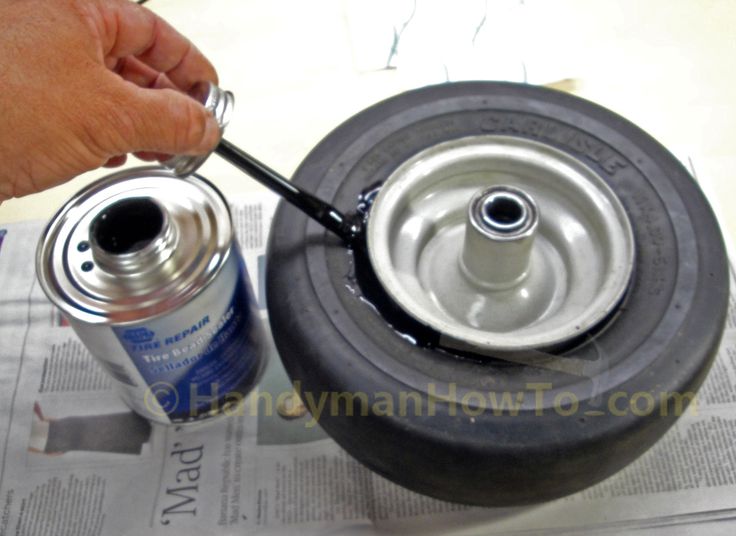 You can easily do it at home, using locally available products and tools.
You can easily do it at home, using locally available products and tools.
As noted above, sealing a tire bead at home is not a complicated process. Regardless of whether you are a tire expert or not or your level of experience in cars, anyone can do it. In this section, we will walk you through how to seal your tire beads at home easily, using readily available products and tools.
Inspect the LeakBefore anything else, you will first need to inspect the entire bead area for the leak. The inspection will help you to determine the exact area of the bead where there’s a leak. To do this, you will first need to remove the wheel from the vehicle, so that you can be able to access the beads on both sides. For this step, you will need to jack up your car and then remove the wheel by unscrewing the lug nuts using a torque wrench or lug wrench.
Once you’ve removed the wheel from the vehicle, you will then need to spray some soapy water around the bead. You will do this on both sides of the tire. After spraying the tire with soapy water, some air bubbles will pool around the area of the bead that’s leaking. The leak may be a small area or the entire bead. So, ensure you inspect the bead thoroughly.
You will do this on both sides of the tire. After spraying the tire with soapy water, some air bubbles will pool around the area of the bead that’s leaking. The leak may be a small area or the entire bead. So, ensure you inspect the bead thoroughly.
It will also be a good idea to inspect the tire for other elements like nails or sharp objects, which may also be contributing to the problem. If there are no such elements, you can now proceed to the next step.
Deflate the TireOnce you’ve verified the source of the leak, you should then deflate the tire. To do so, you will need to remove the cap from the valve stem by simply rotating it following an anticlockwise direction.
After you’ve removed the cap, you will notice a metal-like pin inside the valve stem. You will then need to use a flat-headed screwdriver or any other firm tool that can fit inside the valve stem and press the pin. You will continue pressing the pin until you’ve completely deflated the tire. Once the tire is fully deflated, you should then unscrew the valve core, so that you don’t end up losing it in the process.
Once the tire is fully deflated, you should then unscrew the valve core, so that you don’t end up losing it in the process.
After fully deflating the tire and removing the valve core, it’s now time to seal the bead leak. And, you have different options to explore. First, you have the option of using a commercial bead leak sealant. These commercial sealants are readily available in almost all hardware stores.
But, in case you don’t live close to a hardware store, you can simply prepare your own bead sealant at home, using readily available materials. There are different recipes that you can explore, depending on what you have in your home.
First, you can mix one part tubeless slime, two parts windshield washer, two parts water, two to four parts latex and some silicone. You will then mix until you obtain the right consistency. The mix may appear somehow watery. But, it will get the job done. It’s color will be greenish-brown or thereof.
Second, you can mix eight parts liquid latex and four parts windshield washer. Third, you can try five parts water, five parts liquid latex and four parts tubeless slime. And fourth, you can mix eight parts water, one part of tubeless slime and three parts liquid latex.
Also, there’s a slightly different one, which entails mixing one part non-tubeless slime, one part liquid latex and three parts windshield washer. This option is for those who would prefer using non-tubeless slime.
Before you begin mixing these substances, make sure you have a set of gloves on your hands. They will help to protect your hands against these chemicals. Also, it will be advisable to mix the chemicals outside or in a room that has adequate ventilation.
Whether you decide to use a commercial bead sealant or a homemade one, you will need to apply it thoroughly to the inner part of the rim. Also, you will apply the sealant to the inner part of the tire, where it sits on the rim. Make sure you dry both the tire and the wheel before you apply the sealant.
After you’ve finished applying the sealant on the leaking area, it’s now time to inflate the tire. First, you will need to screw back the valve core into the valve stem. You will do this in a clockwise direction. From there, you should then re-inflate the tire up to the recommended pressure. You can find the recommended PSI branded on the sidewall. It’s usually to the left of the tire’s DOT identification number. So, you shouldn’t have any problems locating it.
Inspect the TireAfter you’ve finished re-inflating the tire, you will then need to install the wheel back on the vehicle. And, you should be good to go. You can inspect tire pressure later in the day or the following day. But, as long as you followed the steps we’ve outlined here to the letter, the leak should have stopped.
Wrapping It UpAs you can see, you don’t always have to take your vehicle to the tire shop if the beads are leaking. You can fix the issue by yourself at home using readily available tools and materials. You simply need to follow the steps we’ve shared in this article.
You can fix the issue by yourself at home using readily available tools and materials. You simply need to follow the steps we’ve shared in this article.
Another season of changing shoes is approaching. And you may remember that on one of the tires after the last winter/summer there is a jamb - a small bump. I don’t want to run to the store for the sake of one new tire. We understand. Or maybe it looks even better if repaired?
Yes, not every wheel that has met with a nail, rebar sticking out of the ground or a sharp stone on the road is considered damaged. Everything, of course, depends on the scale of the damage and its location on the tire itself. Some are easily repaired, while others are simply impossible to do - the tire can only be sent to the trash. nine0003
A bulge on a wheel, referred to by drivers as a bump or bulge, is the most common tire sidewall defect. It appears due to a collision with an obstacle or after falling into a pit, more often at high speed. The threads of the sidewall carcass are easily damaged by impact, and the tire at this point can no longer hold the load and air pressure - swelling appears. A small bump sooner or later turns into a big one, and driving with such a defect is dangerous - the wheel can shoot at any moment. At high speed, this is fraught with loss of control, departure from the road and a rollover. nine0003
It appears due to a collision with an obstacle or after falling into a pit, more often at high speed. The threads of the sidewall carcass are easily damaged by impact, and the tire at this point can no longer hold the load and air pressure - swelling appears. A small bump sooner or later turns into a big one, and driving with such a defect is dangerous - the wheel can shoot at any moment. At high speed, this is fraught with loss of control, departure from the road and a rollover. nine0003
The quality of roads in Kazakhstan contributes to the appearance of bulges on tires
Some types of bulges are repairable, although this is a temporary measure. Not a single patch can restore the factory rigidity. Ideally, change the tire.
Special cord patches can extend the life of a tire with a herniation, even if the swelling has appeared on the tread. The sidewall is a different story. If the swelling appeared at a distance of more than 40 mm from the side, it can be repaired.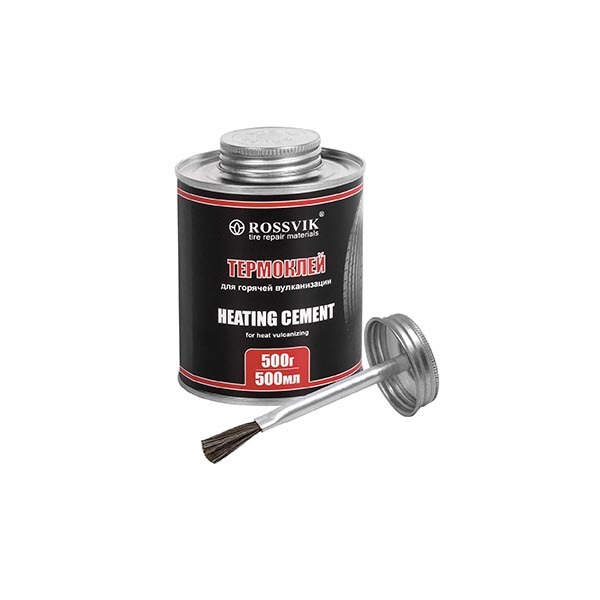 If not, then the wheel needs to be replaced. Blisters on low profile tires are most often non-repairable. nine0003
If not, then the wheel needs to be replaced. Blisters on low profile tires are most often non-repairable. nine0003
For maximum safety when riding with a repaired bump, insert the tube. This is an inexpensive and reliable solution. On our market, you can find cameras made in China and Russia, the latter are slightly more expensive, but also of better quality.
The elimination of a side cut is a serious operation, therefore, as in the case of a bump, you will have to go to the professionals. We need cord patches, fortunately in our time they are of different sizes and with a different number of layers. And if you do it wisely, then you can't do without special tools and vulcanization. nine0003
A cut, by the way, cannot be healed in all cases. If the gap is in the shoulder area of the tire, it is unlikely that anyone will undertake to repair it, since no guarantees can be given here. However, our Kulibins take on even the most difficult cases, cutting out parts of the sidewalls from the tires and even weaving the cord on their own.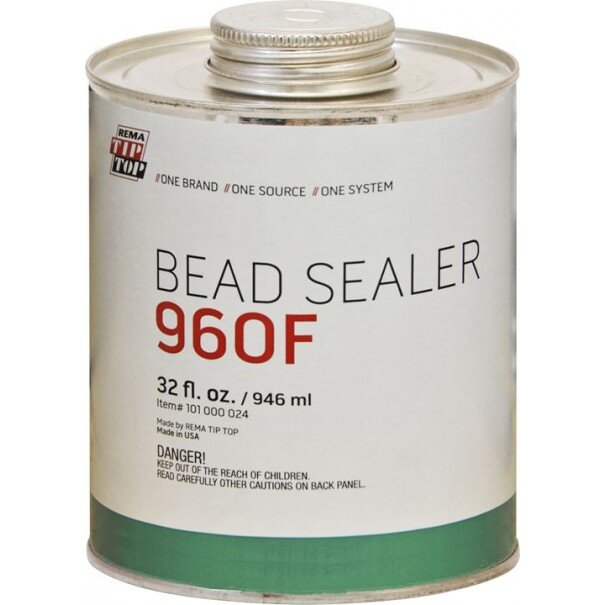
Tire overhaul. We would not put such a wheel on ourselves
Low profile tires can be repaired, but more difficult. A tear in the sidewall is easier to seal on tires with a medium or high profile. nine0003
Sometimes a cut is confused with a pluck. This is when the outer layer of the sidewall caught on something sharp, a tear formed, but the frame itself remained intact. There is nothing wrong with that, although the drivers at the tire fitting company successfully repair the cut, for which they take it accordingly.
If a piece of rubber remains on the sidewall, then glue it with ordinary superglue (101st). If it came off, then it is better to cover it with raw rubber and vulcanize. Leaving the pluck bare is not recommended, because the tire carcass, often consisting of a metal cord, will quickly corrode. nine0003
In Europe, defective or used tires are perforated before being sent for scrap to prevent their resale and possible operation.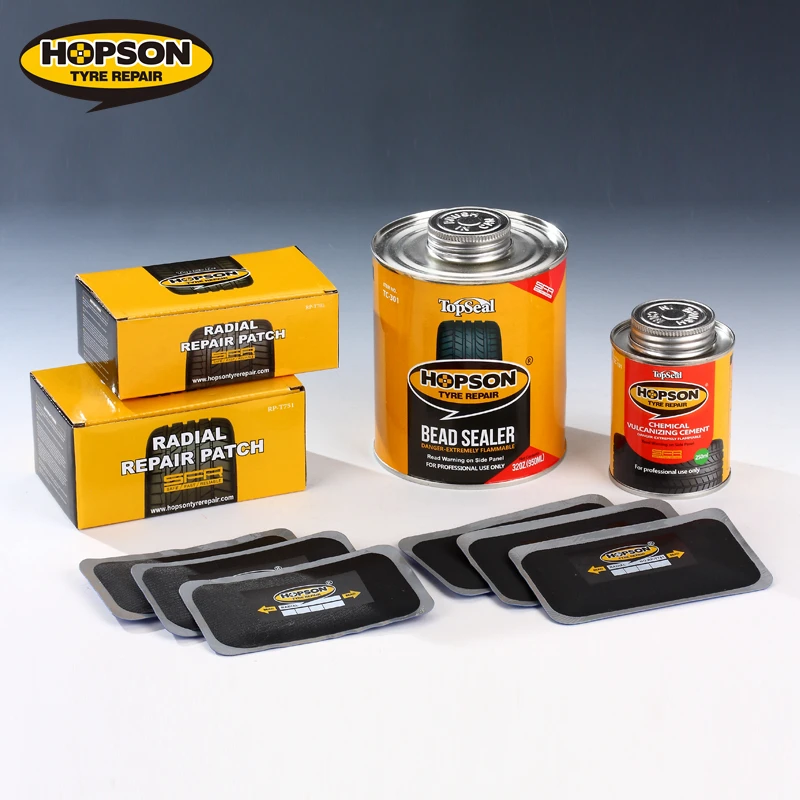 But they don’t know that we have such holes on the sidewall patched once or twice
But they don’t know that we have such holes on the sidewall patched once or twice
Cuts and hernias are not the only possible damage to the side of the tire. You can also spoil the side ring, in the process of changing shoes, for example. If it’s for garlic, then such a tire is already dangerous. Sooner or later, the tire pressure and the load in motion will start to squeeze the rubber off the rim - a wheel explosion can occur. nine0003
This ailment is repaired if the wire ring - the base - is intact. There are no special technologies and materials to correct this particular problem, but most often craftsmen use a two-component composition for chemical (also called cold) vulcanization. After mixing, the mass is pressed into a fat-free damage. Compound manufacturers recommend waiting 72 hours before mounting a tire. Of course, our masters do not pay attention to this condition - they put the tire right away. And it’s good if the wheel is flat because of this at night in the parking lot, and not on the road. nine0003
nine0003
If the side ring tears are barely noticeable, but the wheel still deflates, then you can use a special liquid - a bead seal designed to seal a tubeless tire.
These seals have been used in motorsport for some time. In particular, in the American Formula D Drift Series, drivers used compounds to keep the tire on the rim even with minimal tire pressure. Now they are banned.
Pay attention to the left rear wheel of the Nissan Silvia S13. Due to too low pressure, it was literally taken off the disk under load
Every schoolchild has faced this problem when patching the inner tube of his bike after hitting something sharp. Repairing a car tire puncture with your own hands will also not be difficult even on the road. But for this you will need a pump (or compressor) and a universal tire repair kit with harnesses. All this is sold at any car market or gas station.
Repairing a tire on the side of the road with harnesses
The process is simple.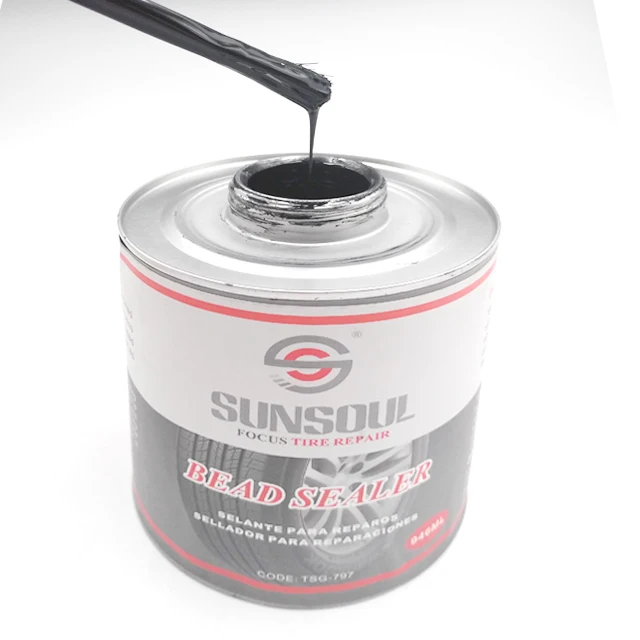 If we are talking about the front wheels, then in most cases the wheel can not even be removed, it is enough to turn the steering wheel in the right direction, find the puncture site and carry out repairs. First, the hole is cleaned with a helical awl from the set. The tourniquet itself is smeared with glue and tucked into the eye of the awl, after which it is inserted into the tire hole. With a sharp movement, the tool is removed, and the tourniquet remains in place and clogs the hole. The tails are cut with a knife, but not at the root, it is recommended to leave about 20 mm. The tire is inflated and checked. nine0003
If we are talking about the front wheels, then in most cases the wheel can not even be removed, it is enough to turn the steering wheel in the right direction, find the puncture site and carry out repairs. First, the hole is cleaned with a helical awl from the set. The tourniquet itself is smeared with glue and tucked into the eye of the awl, after which it is inserted into the tire hole. With a sharp movement, the tool is removed, and the tourniquet remains in place and clogs the hole. The tails are cut with a knife, but not at the root, it is recommended to leave about 20 mm. The tire is inflated and checked. nine0003
Sometimes a nail or self-tapping screw clogs the hole by itself, remaining in it. If you see a hat in a tread, do not rush to pull it out. While the pressure is holding, move to vulcanize. And sometimes they drive with a screw in a tire for weeks.
Repair of a puncture at a tire shop
Punctures are also repaired with harnesses at a specialized service, although among professionals such repairs are not considered long-term. After a few months, the flagella dry out and can let air through. There are more advanced methods like cold and hot vulcanization. The latter is more reliable. In this case, the hole is sealed with an elastic patch, and the funnel from a foreign object is filled with a special compound. After that, a vulcanizer is put on the tire, it heats up the rubber and solders it. nine0003
After a few months, the flagella dry out and can let air through. There are more advanced methods like cold and hot vulcanization. The latter is more reliable. In this case, the hole is sealed with an elastic patch, and the funnel from a foreign object is filled with a special compound. After that, a vulcanizer is put on the tire, it heats up the rubber and solders it. nine0003
In addition to the plaster, the puncture is also repaired with special cord fungi. Craftsmen process the puncture site: drill it and treat the surface with a tool to roughen it. Then the repair area is lubricated with glue (it is also called cement) and a fungus is introduced. This is done from the inside of the tire. The cap of the fungus is rolled, and the excess legs are simply cut off from the outside.
Puncture repair with sealant
With the advent of tubeless wheels, and later run flat tires, many automakers began to abandon spare wheels. Instead, repair kits with compressors are supplied with the machines. A repair kit is essentially a bottle of pressurized sealant. Later, such spray cans began to appear on the shelves of ordinary car dealerships. nine0003
Instead, repair kits with compressors are supplied with the machines. A repair kit is essentially a bottle of pressurized sealant. Later, such spray cans began to appear on the shelves of ordinary car dealerships. nine0003
This method has not taken root in the CIS, because the condition of the roads makes it necessary to have at least a stowaway in the kit, but it can also be considered as a method of repair on the road.
The car must be jacked up and sealant must be pumped into the damaged wheel through the nipple. Next, you should spin the wheel, then pump it up, lower the car and drive a few hundred meters. If the tire tightness has not been restored, repeat the procedure.
For commercial vehicles, cutting the tread with a special device (regrower) is a common thing. Moreover, such tire retreading is provided by the factory (marked REGROOVABLE on the sidewall) to increase the service life. But there are entrepreneurs who undertake to deepen the grooves in tires for passenger cars. But they are not intended for such an operation. Often used tires for sale are “refreshed” in this way. Be careful!
But they are not intended for such an operation. Often used tires for sale are “refreshed” in this way. Be careful!
What is the threat?
The worst option is that the retreaded tire will shoot out on the road, as the master can damage the undertread layer when deepening the grooves. Such a tire will not be able to hold pressure at some point. There will be a boom! At best, the tire will indeed last a little longer, but is the game worth the candle? We think it's not worth it.
How is cutting made?
A regrower is used to cut the tread. Roughly speaking, this is a large soldering iron with interchangeable tips of various shapes. It goes through rubber like a knife through butter. nine0003
If the tire is for passenger cars, then it is worth taking on a regrower only in one case - when part of the tread pattern was welded with "new" rubber during repair. This is where threading comes in handy in order to restore the grooves and symmetry of the tread.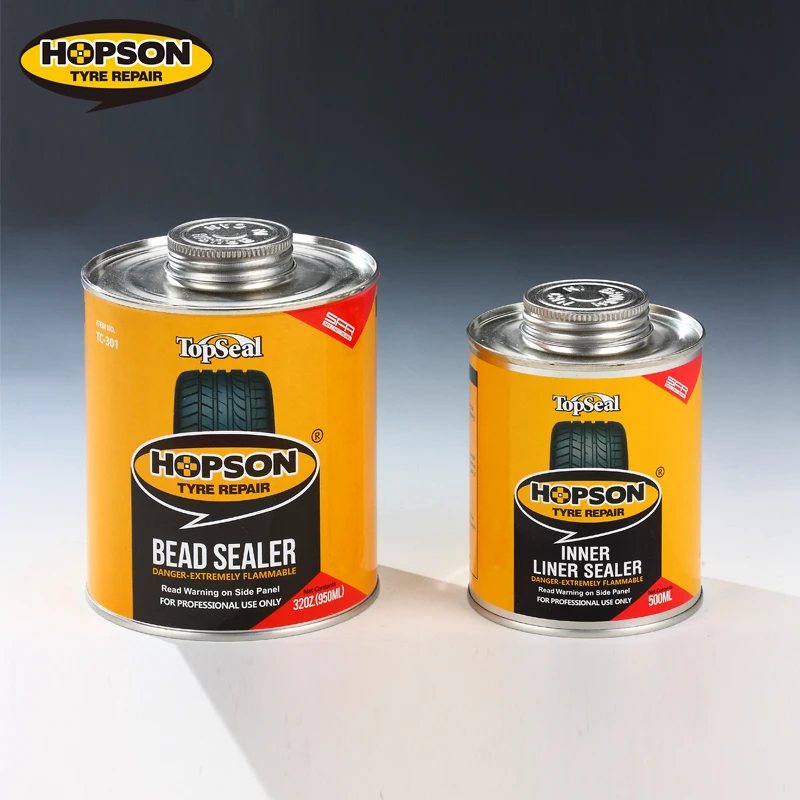
Vehicle operation is prohibited if:
- tires have a residual tread height of less than 1.6 mm; nine0131
- tires have punctures, cuts, ruptures that expose the cord, as well as delamination of the carcass, delamination of the tread and sidewall;
- tires in size or load capacity do not match the car model;
- tires of various sizes, designs (radial, diagonal, chamber, tubeless), models, with different tread patterns, winter and summer, studded and non-studded, new and restored, are installed on one axle of the car; nine0131
- Tires retreaded according to the second repair class are installed on the front axle.
What is a second class repair?
This is the case when the carcass of the tire is restored after serious damage. A side cut (or tear) is a serious damage to the tire carcass.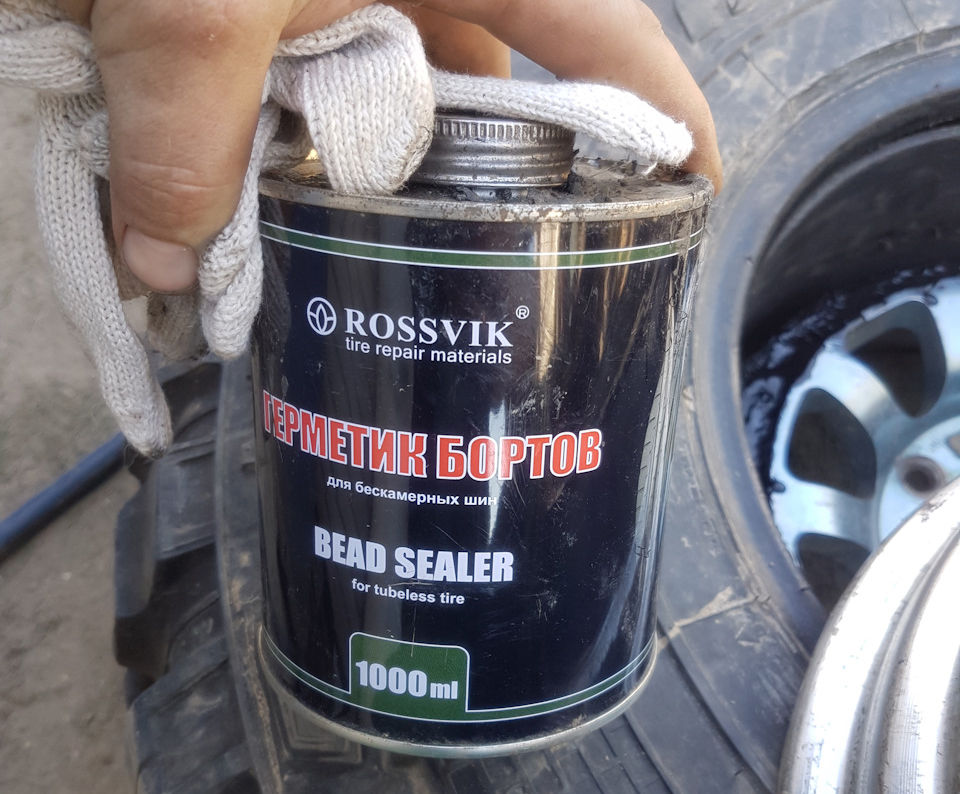
Product catalog
Main Catalog of equipment For car service (STO) - garage Materials for tire repair TECH Chemical components
|
Bead seal | Bead seal BEAD-SEALER (art. 735). The material is used when mounting a tire on a disc, it seals the gaps between the tire rim and the disc rim. Bead sealant allows you to reliably seal the contact points between the tire and the rim. This makes it possible to extend the life of worn rubber. Also, the material is successfully used when installing new tires. After all, even a perfectly even disc and a good elastic tire cannot guarantee perfect tightness of the joint. Using a bead sealant for tubeless tires will help solve this problem. Material application features:nine0162 | nine0213
| Bead breaker | BEAD BREAKER fluid (art. 734Q).The composition greatly facilitates the work when dismantling the tire from the disk, separates the strongly adhered tire rim from the wheel rim without special tools and without damaging the tire. It is used for steel and aluminum rims, it simplifies the work with especially dense sides. nine0003 How to use:
|
| Art. No. | Designation |
| 735 | BEAD SEALER, 946 ml |
| 734Q | BEAD BREAKER, 946ml |
Price on request.